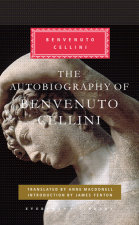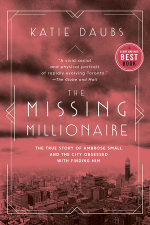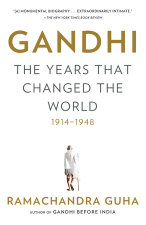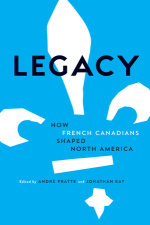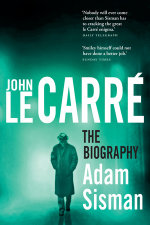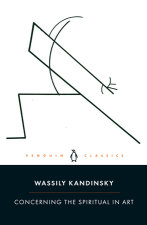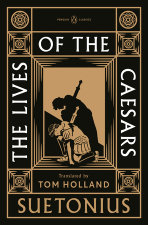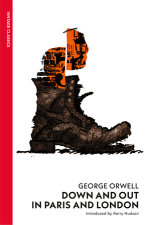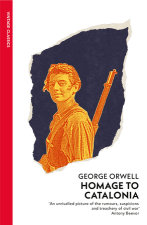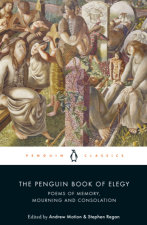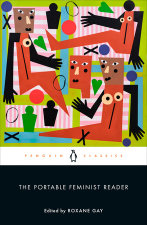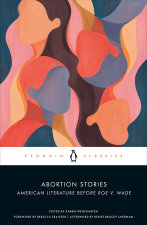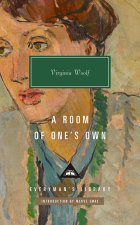Excerpt
From The Autobiography of Benvenuto Cellini

The Autobiography of Benvenuto Cellini by Benvenuto Cellini; Introduction by James Fenton
Hardcover
FROM THE INTRODUCTION
By James Fenton
--
Cellini’s autobiography is a work without precedent, in its frankness, its detail, its glamour and excitement. The author is a goldsmith, and not just any goldsmith but one who from an early age has been recognized as uniquely skillful. For a long time he operates in that area where metalcraft shades into sculpture. He makes medals and coins, objects of a particular interest and veneration in the Renaissance. He makes elaborate sewers and basins, and the famous salt-cellar now in Vienna. In due course he will become a sculptor proper, and will cast the bronze Perseus that has become one of the symbols of Florence and of the Renaissance itself.
Because he is a man of such except ional gifts he deals directly with popes and monarchs and other heads of state. And in these dealings he is often frustrated, by the capriciousness of rulers and by the petty enmities of courtiers. His hot blood and fierce sense of honour continually land him in trouble. He kills three men. He is several times imprisoned. He defends the Vatican during the Sack of Rome. He escapes from the Castel Sant’Angelo. He, if anyone does, lives life to the full.
And yet the story he tells is not always taken seriously. It seems too good to be true, as when, during one of many stand-offs with his enemies, he points his arquebus in the air, the gun goes off accidentally, the bullet hits an arch above his head, ricochets and strikes his enemy in the throat. Surely the narrator here is something of a Baron Munchausen. Surely this all has to be taken with a grain of salt.
The fact was that Cellini’s excellence as a storyteller worked against him, particularly since his unfinished autobiography was not published until the eighteenth century, by which time the majority of his work had been dispersed. If nobody reading the book could easily check on the works of art he was talking about (with the except ion, of course, of the Peruses, which still stood in its intended place, in the Piazza della Signori in Florence), it was easy to think that the artist was a little deluded as to his own merits.
Of course it makes a big difference if one reads the Life in such a way. Indeed it makes it pointless to pay any attention to the detailed descript ions of works of art that it contains. Sir John Pope-Hennessy made this point forcefully when he said that the first premise of his biography of the artist was that Cellini was, ‘in the full sense, a great artist’, and the second that ‘almost every direct statement in the Life . . . is correct’, and that one should read it ‘as a factual record punctuated by passages of fantasy, not as a work of the imagination which intermittently adheres to fact’.
Our understanding and knowledge of Cellini’s oeuvre has grown over the years since the first publication of the Life. In the nature of things, many of the objects in precious metal – the ewers and basins – will have been melted down, but the famous salt-cellar survived, unidentified, in Schloss Ambrass in Austria, and was recognized on the basis of Cellini’s description. In due course it suffered the fate of many super-famous works of world art. It was stolen from the Kunsthistorisches Museum in Vienna and remained missing for months. Pope-Hennessy himself was involved in two Cellini discoveries. A bronze preparatory model for the head of Medusa, part of the Perseus group, was brought into the Victoria and Albert Museum one day during his directorship, by a ceramics dealer from Brighton. And it was Pope-Hennessy who in 1982 published the bronze figure of a satyr, which had come to light three years earlier in a Swiss collection. It had been found at a gallery in Munich, in use as a doorstop. The discovery of this satyr, which must have been part of a presentation model for the King of France, part of the projected design of the Porte Dorée at Fontainebleau, came only a couple of decades after the identification of Cellini’s finest surviving drawing, depicting the same figure. This drawing had hung, unidentified, in a New York gallery, until a visitor to the gallery worked out one day that the inscription on it (actually in the artist’s hand) mentioning the ‘porta di fontana bellio’ must refer to Fontainebleau.
Now those who wanted to could imagine for the first time what the door had looked like. The enormous lunette above it had been executed and is now one of the treasures of the Louvre. The satyrs had never been made full size, but Cellini describes two of them, designed for either side of the door. And, astonishingly enough, in 2003, news came that the matching model satyr, also in bronze, had been discovered in a cupboard in Buckingham Palace. It emerged that both models had once belonged to the Royal Collection. The one from the Swiss collection, now in the Getty Museum, appeared in a nineteenth-century inventory photograph at Windsor Castle. Someone must have sol d it, stolen it or given it away. No one had noticed the loss, because no one had the slightest idea what it was.
It is possible now to put together the various surviving pieces of material evidence and see what Cellini was talking about in his account of the Fontainebleau commission, what his intentions were and to what extent the project had been realized before it was abandoned. And indeed it should be added that there is no reason to believe that al l the evidence has yet been gathered in. There could easily be further dramatic Cellini discoveries among the palaces and private collections of Europe.
And since we so often encounter a scholarly literature which asks us to take a sophisticated and skeptical view of the Life, it would be worthwhile one day to read a systematic assessment of the way the emerging material record (medals, goldsmith’s work, sculpture, drawings) has confirmed or contradicted the details given in the autobiography. Pope-Hennessy, who was particularly interested in the material record (that is, the artistic achievement), clearly thought that the art confirmed the Life.
For instance, the account of the casting of the Perseus had often been taken as fiction: faced with a crisis during the pouring of the metal, Cellini orders all his household pewter dishes to be brought, and throws them into the mix. It is an incident that appealed to the Romantic imagination, and indeed is reproduced in Berlioz’s opera. But it is not, for that reason alone, a fiction. In two different accounts Cellini is slightly inconsistent: in one he refers to 200 dishes and in the other to dishes weighing 200 pounds. But the metallurgical examination of the Perseus itself reveals that its alloy had been short on tin, but that the proportion rose significantly after the dishes were added. And the dishes themselves appear in Cellini’s expense accounts.
It was for such reasons that Pope-Hennessy came to his formulation, quoted above, that the Life was ‘a factual record punctuated by passages of fantasy’ rather than ‘a work of the imagination which intermittently adheres to facts.’ Cellini was a miles gloriosus, a boastful soldier, and we really cannot tell how much truth there is in his accounts of his military exploits. Nor I think are we expected to believe that he conjured spirits in the Colosseum, or took part in such ceremonies. But still it is fact we are dealing with in this account.
Copyright © 2010 by Benvenuto Cellini
Benvenuto Cellini was born in 1500 in Florence, where he spent the early years of his life training to be a goldsmith. His ties with the city remained close, and he returned there to work for Grand Duke Cosimo in the latter part of his life. But like many other Renaissance artists, he was attracted to Rome as a young and ambitious craftsman, and worked there for a variety of patrons, including Popes Clement VII and Paul III. He also spent a period in France at the court of King Francis I. Cellini was admired by his contemporaries as goldsmith and sculptor, and his powerful talent can still be seen in such works as the bronze statue of Perseus (in the…
